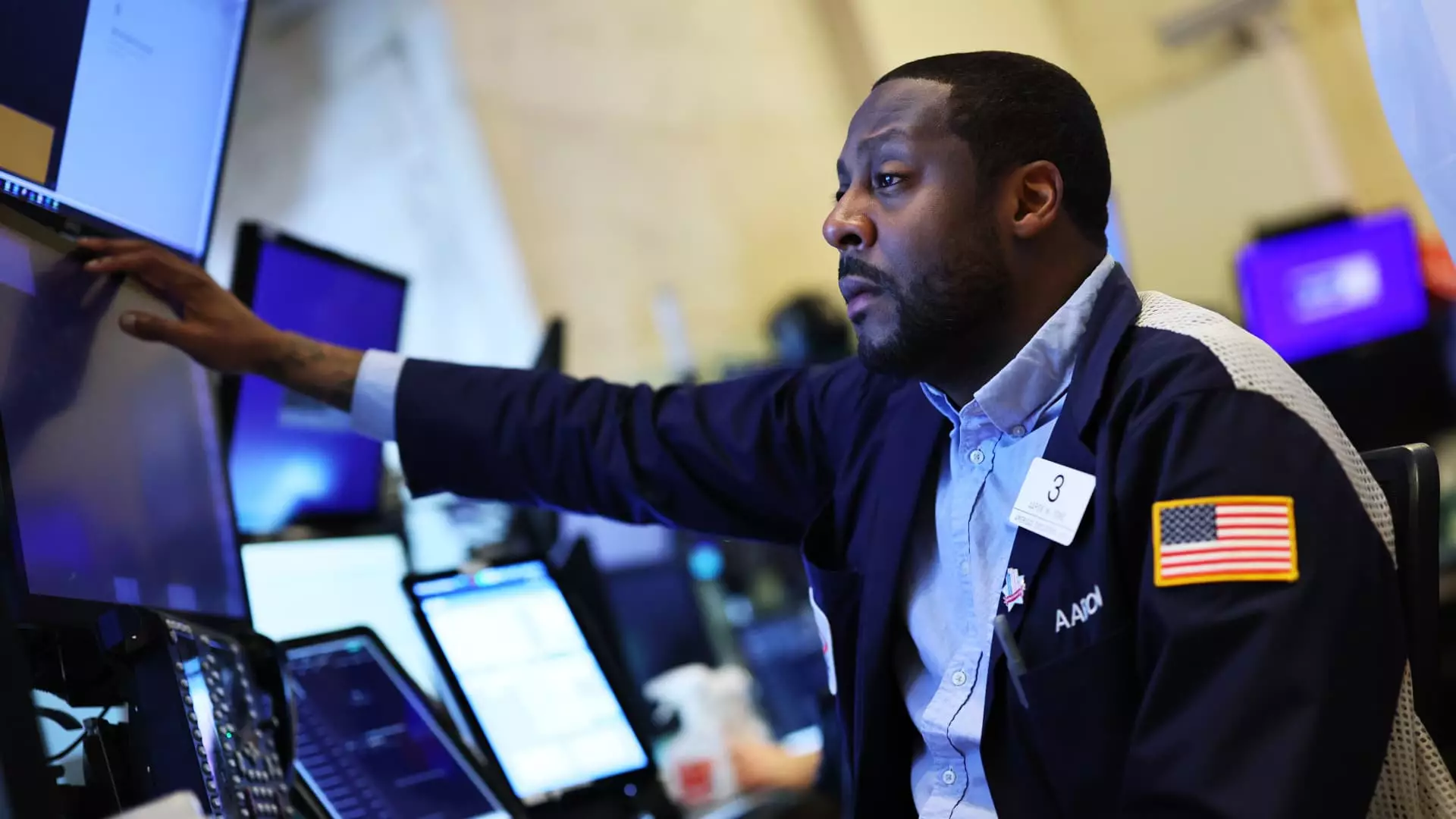Market landscapes are volatile terrains, often shifting with the slightest changes in political dynamics. Today, as global trade tensions escalate — particularly between superpowers like the U.S. and China — uncertainty permeates through investor sentiments with alarming intensity. The CBOE Volatility Index, commonly known colloquially as the “fear index,” has become a ticker symbol of anxiety, reflecting an environment that could dissuade risk-taking. However, amidst this storm of unpredictability, I assert that there are strategic opportunities to embrace the potential for recovery. While it may seem counterintuitive to engage in risk during a time of heightened trepidation, embracing calculated options strategies could just be the ticket to navigating this rough patch.
Understanding the VIX: An Investor’s Compass
The VIX represents the market’s expectations of volatility and often spikes when adverse news influences trading behavior. Traditionally, investors have had a wealth of tools at their disposal to gauge risk and predict market movements. However, in today’s economic landscape, the VIX remains stubbornly tied to elevated levels, exacerbating the cost of options trading. As fear grips the markets, options premiums inflate one’s costs, presenting both a risk and an opportunity — if you know how to leverage it.
It is critical to underscore that not all is despairing; for every spike in volatility, there’s a potential rebound waiting to reveal itself. When emotions run high, investors often overlook calculated hedging strategies such as defined risk options spreads. These can permit traders to not only limit their losses but to also position themselves favorably should the markets correct themselves in a snapback.
The Encouraging Potential of Strategic Options Spreads
A certain strategy that might warrant consideration involves purchasing a call option while simultaneously selling a downside put spread, essentially creating a buffer against potential losses. This means you can minimize your entry costs while still positioning yourself to benefit from upward price movement. Take a real-world example where an investor buys a $540 call option expiring in two years while executing a put spread at the $500 and $475 thresholds. For a total risk of $525 per contract, the upside becomes potentially unlimited above the breaking point of $545.25.
Critics may argue that the strategy rests on the condition of market stabilization, which indeed is a significant “if.” However, with the potential for profit in the case of a recovered market, this calculated risk may turn out to be a valuable asset for those with the fortitude to navigate these choppy waters.
Deciphering the Metrics of Success
It’s crucial to approach market speculation with a level-headed understanding of the associated risks. The prolonged state of volatility presents a dual-edged sword; for investors willing to absorb the extra premium costs, the payoff could be substantial if trends shift and the fears of global trade diminish. There’s an overarching narrative that seems to be forgotten amidst panic: markets exist to bounce back. For those who anticipate revitalization in trading metrics, looking beyond immediate short-term volatility can yield fruitful results in the long run.
Furthermore, the option market leverages allow astute investors to maintain a calculated approach during tumultuous times. Considering that some of the best trading days often follow the worst, timing your decisions upon recovery sentiments may be the golden thread in this tapestry of uncertainty.
Human Nature and Market Movements
At play within the fluctuating stock market is the fundamental aspect of human psychology. Investors tend to sell when fear grips their decision-making, but contrarian strategies that embrace increased volatility can set one apart in a sea of emotional traders. Adopting a mentality of calculated hope amid fear can lead to innovative thinking, revealing investment strategies that go against the conventional wisdom of flight during distress.
In this era where headlines dictate market movements, adopting a center-right liberal perspective can be beneficial. It allows for a measured approach that appreciates market fundamentals while also recognizing that not all government interventions result in recovery. This ideology aligns with finding balance — fostering adaptability in strategies that outwit short-term chaos in favor of long-lasting stability.
As markets grapple with uncertainty driven by trade tariffs, optimistic investors with a keen eye on volatility can transform fear into opportunity. Engaging in thoughtful options strategies could reveal profitability hidden in the backdrop of market storms. Though the road seems daunting, there lies the promise of eventual recovery, and informed risk-taking is the compass that could lead investors through these challenging times.

